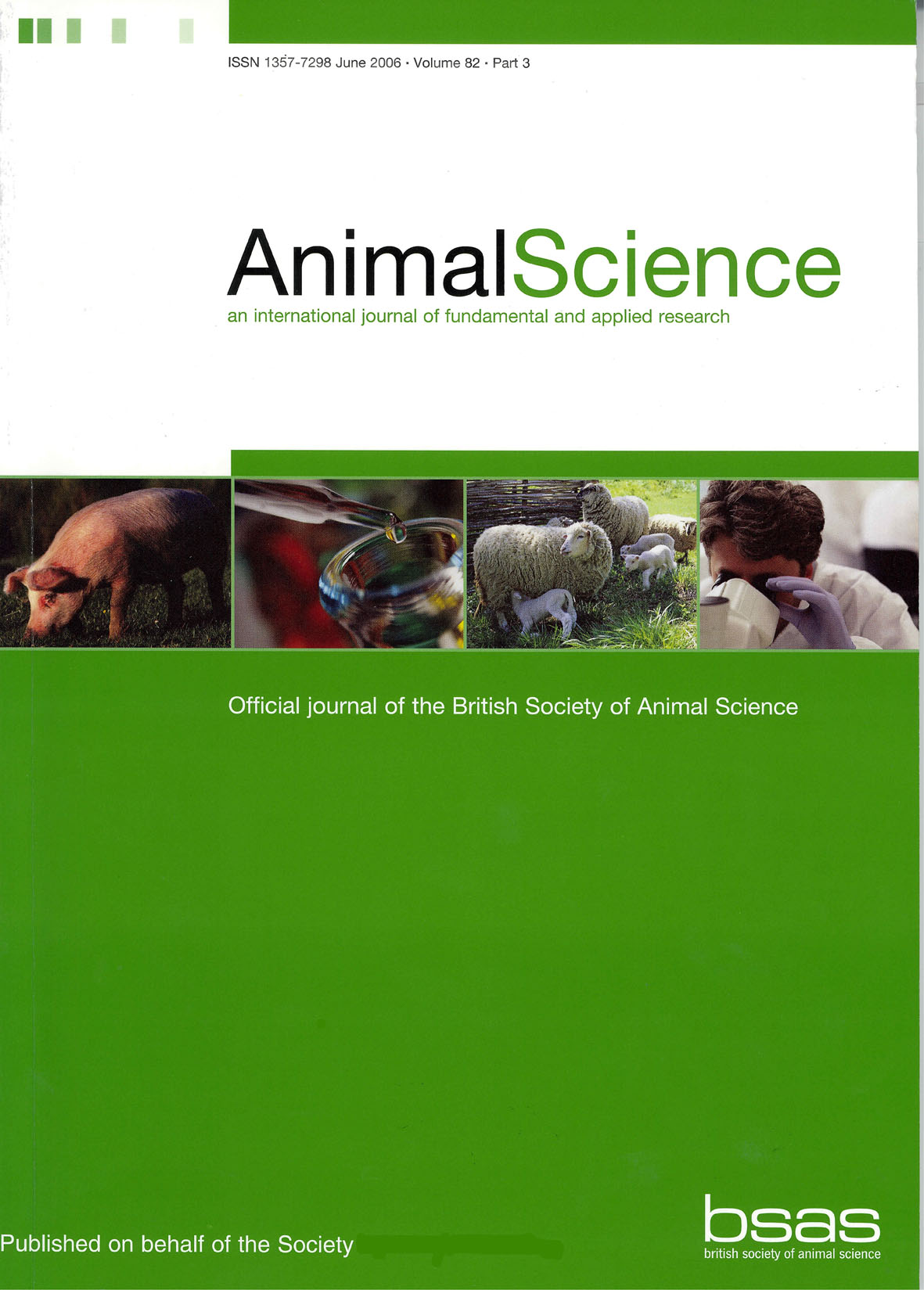Article contents
Response surface analyses of the effects of dietary fat on feeding and growth pattern in mice from weaning to maturity
Published online by Cambridge University Press: 02 September 2010
Abstract
Responses of gross energy intake and live weight of mice from weaning to maturity to dietary fat level were studied. Six groups of ddY male mice were given purified diets covering the range (0 to 70%) of fat concentration on a gross energy basis for 72 days. The food intake and live weight data in each group were analysed by non-linear regression to obtain values of the six parameters in Parks feeding and growth equations. These parameters, found as a function of the fat content of diet, were then used to construct the response surfaces of food intake and live weight over the dietary fat v. age space. The daily energy intake rose rapidly with age to a plateau at about 7 to 14 days after weaning and was maintained throughout the experiment, independent of the dietary fat content. Live weight as a function of time after weaning increased to a plateau at every dietary fat level, but the details of the pattern of growth were affected by the dietary fat level. After about 30 days of feeding, the higher the fat content of the diet, the greater the gain in live weight. Apparent digestibility of dietary energy decreased with an increase in fat content, especially in the early period.
Keywords
- Type
- Research Article
- Information
- Copyright
- Copyright © British Society of Animal Science 1991
References
REFERENCES
- 3
- Cited by


